13 Beautiful Historic Train Stations Around the World
Train stations have long been symbols of travel, offering both a literal and figurative connection to faraway places. As you walk through their halls, you can almost feel the echoes of travelers from different times. Many of these stations have witnessed the rise and fall of empires, the dawn of new technologies, and the constant flow of people on the move. They offer a glimpse into history, showing how transportation and culture evolved.
This post may contain affiliate links, which helps keep this content free. Please read our disclosure for more info.
Grand Central Terminal, New York City, USA
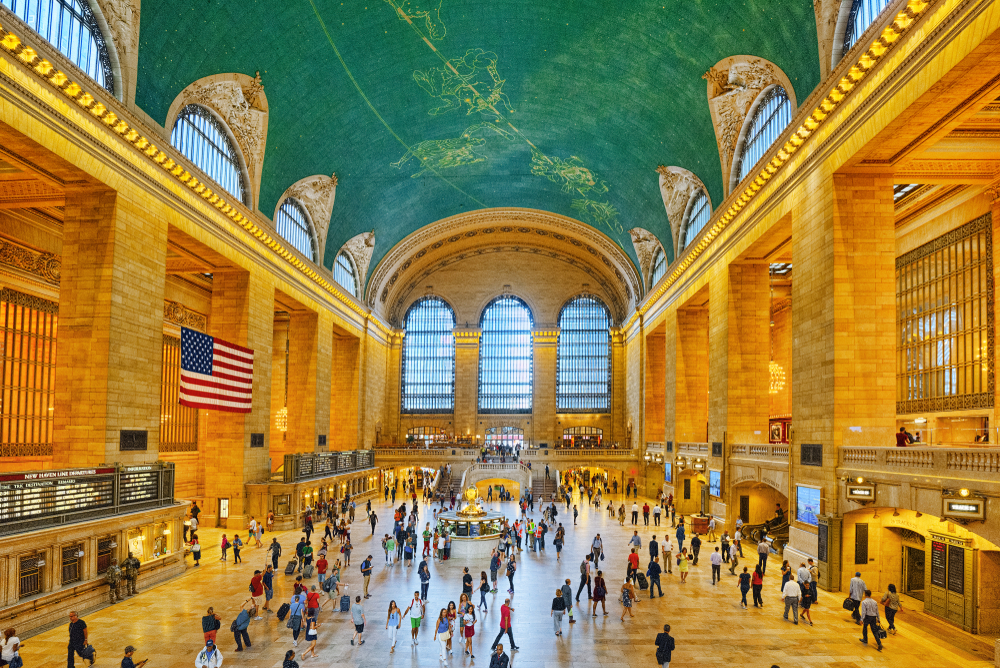
Grand Central Terminal is one of the most famous train stations in the world, known for its Beaux-Arts architecture and rich history. Opened in 1913, the terminal has long served as a vital hub for commuters traveling through the city. Its majestic Main Concourse, with its iconic celestial dome, has been a symbol of New York’s importance as a transportation center. Over the years, Grand Central has seen millions of travelers and played a role in shaping the city’s identity.
The terminal’s beauty is matched by its functionality, featuring 44 platforms, making it the largest train station in North America. It was nearly demolished in the 1970s, but a landmark preservation movement saved it. The station remains a symbol of New York’s enduring place in global travel and culture.
Gare du Nord, Paris, France
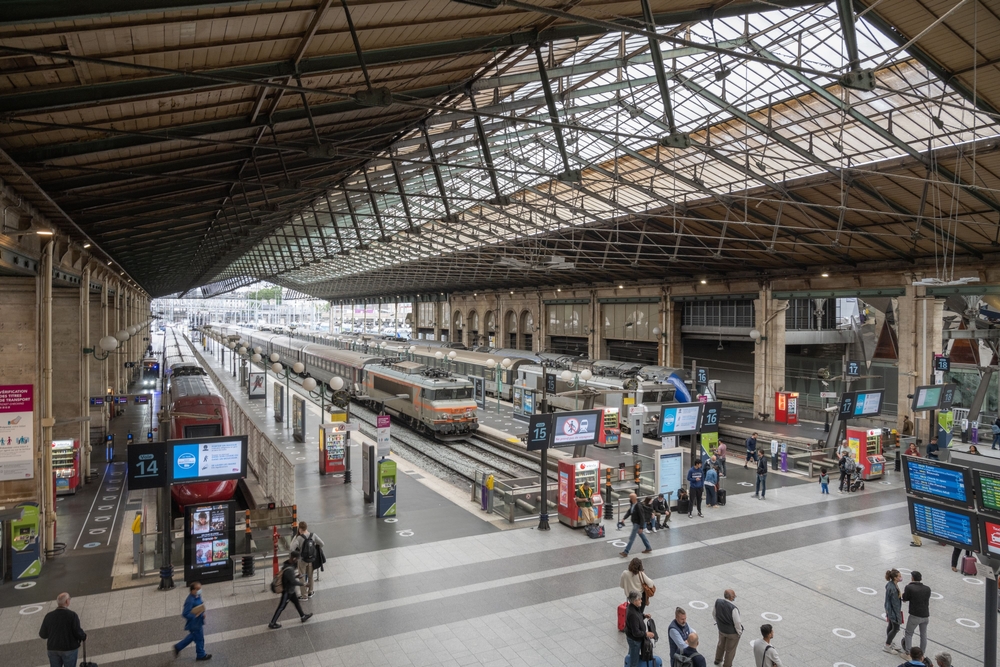
Gare du Nord is a historic train station in Paris that first opened in 1846. It is one of Europe’s busiest stations, connecting Paris to northern France, Belgium, and beyond. The station’s ornate architecture blends classical and industrial styles, reflecting the era in which it was built. It has long been a gateway for travelers heading to and from London, Brussels, and other European cities.
The station’s design features grand arches and intricate sculptures, making it a stunning example of 19th-century French architecture. Over the years, Gare du Nord has expanded to accommodate the growing demands of international travel. Today, it remains a bustling hub for both high-speed TGV trains and international services. The station is an important piece of Parisian history and a reminder of the city’s role in global transportation.
Tokyo Station, Tokyo, Japan
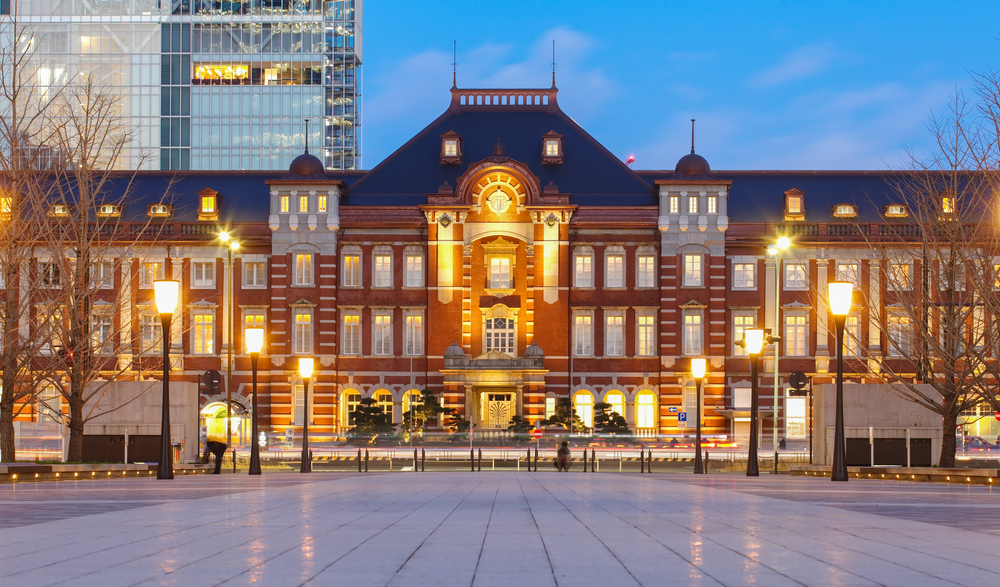
Tokyo Station is a symbol of Japan’s rapid modernization. Opened in 1914, the station’s red brick façade evokes the country’s transition from feudal times to the industrial age. Its classic design blends European and Japanese influences, with a blend of old-world charm and cutting-edge technology. Tokyo Station is known for its central location and its connection to both local and Shinkansen high-speed trains.
The station has undergone significant renovations over the years, while maintaining its historical features. Tokyo Station is a vital part of the city’s transport network, linking travelers to various parts of Japan. It is one of the busiest stations in the world, and its iconic Marunouchi side is a popular attraction for tourists. This station stands as a testament to Japan’s growth and its continuing innovation in transportation.
St. Pancras International, London, UK
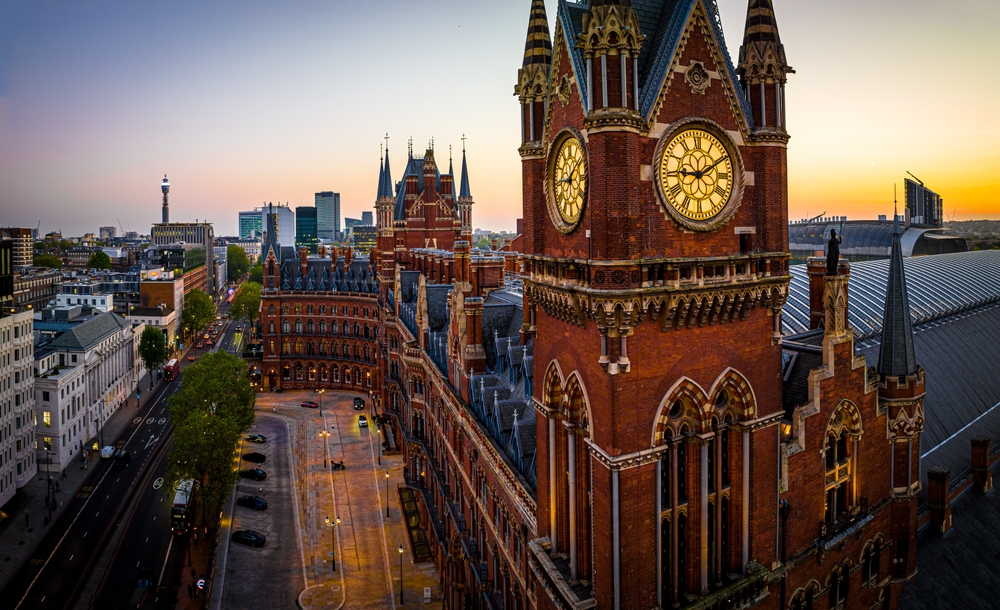
St. Pancras International is an architectural masterpiece that tells the story of Victorian-era engineering and modern-day travel. Opened in 1868, it was initially built to serve as the terminus for the Midland Railway. Its stunning Gothic Revival design, with its soaring arches and clock tower, makes it one of London’s most recognizable landmarks. Today, St. Pancras is a hub for both domestic and international travel, especially with the Eurostar service to Paris and Brussels.
The station underwent a massive renovation in the early 2000s, restoring its original grandeur while modernizing its facilities. St. Pancras International is now an essential part of the UK’s high-speed rail network. Its combination of historical beauty and modern convenience makes it a prime example of how rail stations have evolved. It remains a testament to London’s important role in European travel.
Union Station, Washington D.C., USA
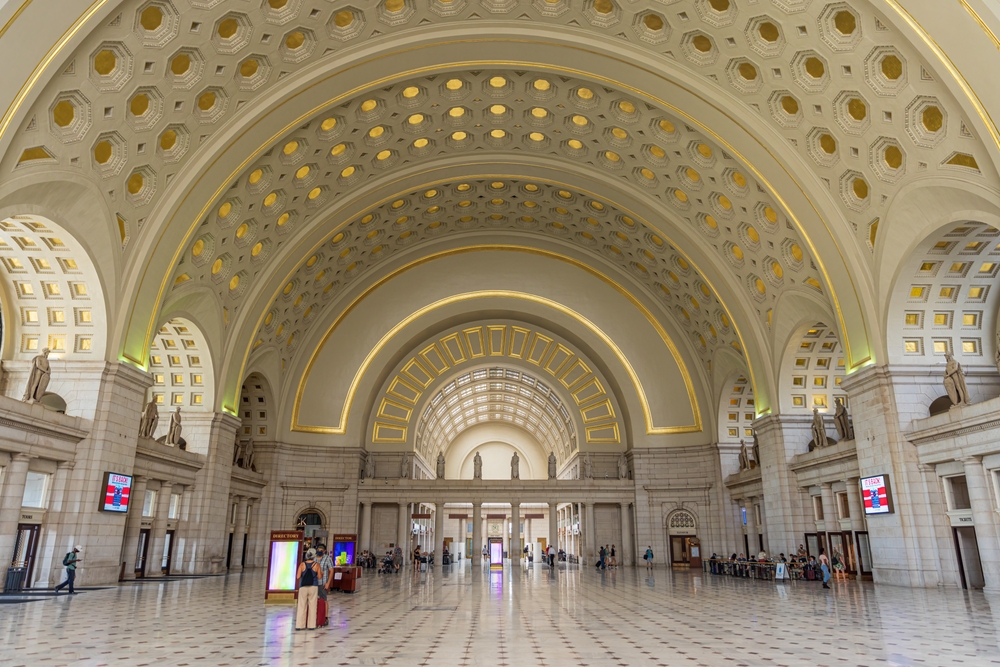
Union Station in Washington D.C. has been a symbol of American history since its opening in 1907. Designed by architect Daniel Burnham, the station features grand architecture that combines elements of Classical and Renaissance styles. It has served as a gateway for travelers arriving in the U.S. capital, playing an essential role during major historical events, such as World War II. Its grandiose Main Hall is a national landmark, attracting millions of visitors each year.
Union Station is not just a place for trains, as it is also a hub for cultural and political activity in Washington D.C. It is home to numerous shops, restaurants, and public spaces. Over the years, the station has undergone extensive renovations to preserve its beauty while modernizing for contemporary needs. Union Station stands as a testament to the history and progress of U.S. rail travel.
Chhatrapati Shivaji Maharaj Terminus, Mumbai, India
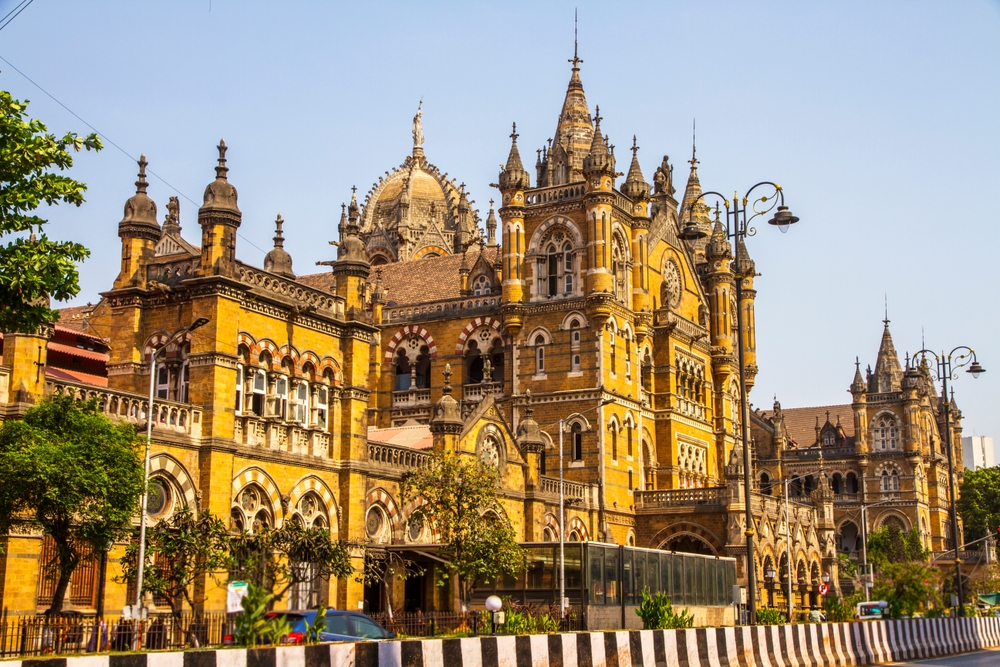
Chhatrapati Shivaji Maharaj Terminus, previously known as Victoria Terminus, is one of India’s most iconic train stations. Opened in 1887, the station’s design is a blend of Victorian Gothic Revival and traditional Indian architectural elements. It was built to celebrate the Golden Jubilee of Queen Victoria and has remained a central transportation hub for Mumbai. The station’s grand façade and intricate detailing make it a striking example of colonial-era architecture.
The station is a UNESCO World Heritage Site, recognized for its historical significance and architectural beauty. Over the years, it has played an essential role in connecting Mumbai with other parts of India. As one of the busiest stations in the country, it handles thousands of passengers daily. Chhatrapati Shivaji Maharaj Terminus remains an important landmark in India’s rail history.
Berlin Hauptbahnhof, Berlin, Germany
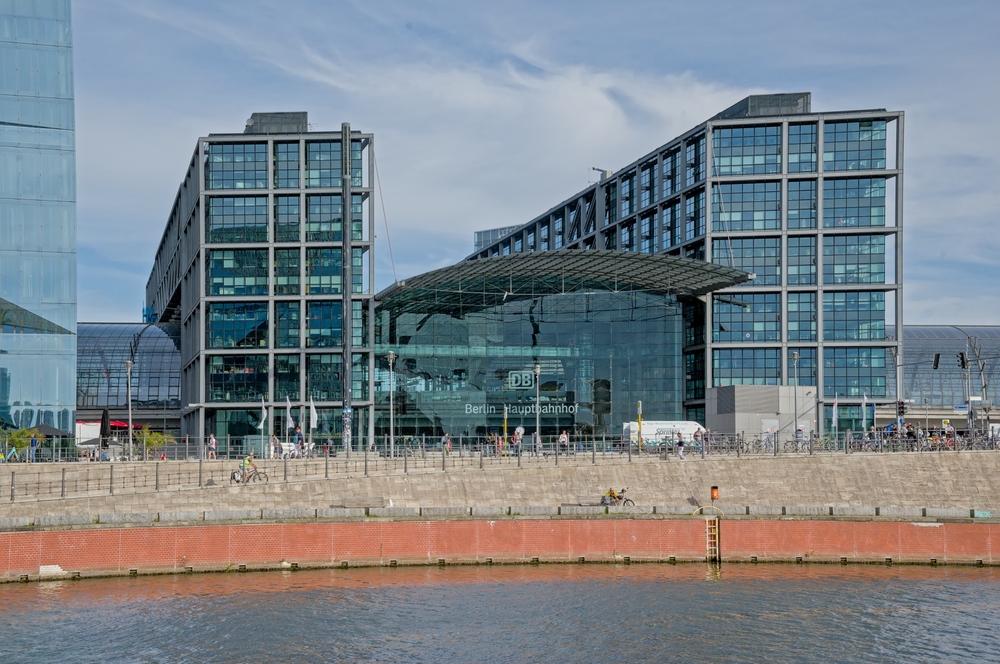
Berlin Hauptbahnhof is Germany’s largest railway station, opened in 2006 as part of the country’s ambitious modernization of its transport network. The station is known for its striking glass-and-steel design, which provides stunning views of the city. It is a hub for both domestic and international travel, with trains connecting Berlin to various European cities. Berlin Hauptbahnhof is located at the heart of the city, making it a key point for travelers arriving in Germany’s capital.
The station’s modern design contrasts with Berlin’s rich history, offering a glimpse of the city’s future while acknowledging its past. It stands as a symbol of the reunification of East and West Berlin, with its central location and role in modernizing the city’s infrastructure. Visitors to Berlin often find themselves passing through the Hauptbahnhof, which continues to be a key point of connection for travelers. Its design and functionality represent the evolving nature of train stations across Europe.
Shanghai Hongqiao Railway Station, Shanghai, China
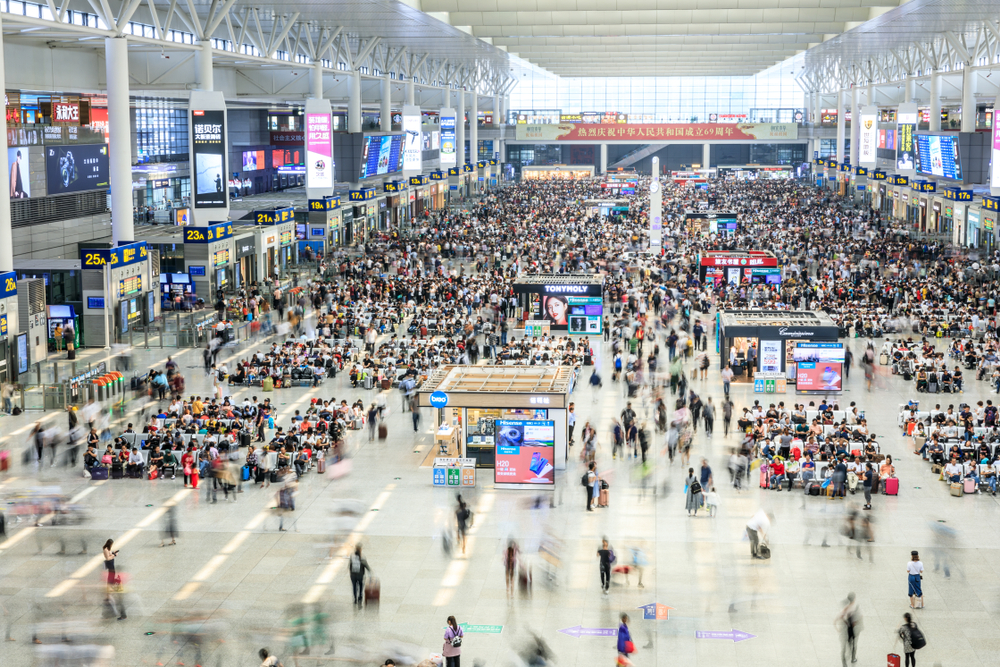
Shanghai Hongqiao Railway Station is one of the busiest and most modern stations in China. Opened in 2010, the station is part of the country’s rapid expansion of its high-speed rail network. The station is an architectural feat, with sleek, futuristic designs that accommodate millions of passengers each year. It serves as a critical hub for trains connecting Shanghai to other major cities across China.
With its spacious interiors and advanced technology, Shanghai Hongqiao Railway Station offers a glimpse of the future of travel in China. The station is strategically located near the Hongqiao International Airport, making it a key point for both domestic and international travelers. It is also home to numerous retail outlets and restaurants, making it more than just a place to catch a train. As China’s high-speed rail network continues to grow, Hongqiao Station will only become more significant in the country’s transportation infrastructure.
Helsinki Central Station, Helsinki, Finland
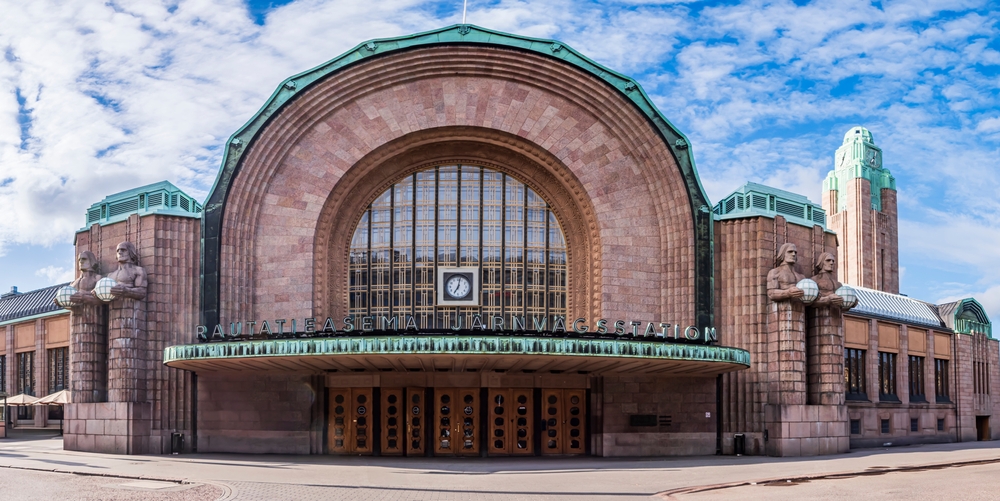
Helsinki Central Station, completed in 1919, is a stunning example of Finnish architectural design. Known for its distinctive granite facade and clock tower, the station has become one of the most iconic buildings in Helsinki. The station is a central hub for rail travel within Finland and connects the city to destinations across Europe, including Russia. Its central location makes it not only a vital transportation hub but also a key cultural landmark.
Inside, the station is home to a variety of shops, cafes, and services, making it a bustling location for both commuters and tourists. The station’s Art Nouveau style is complemented by modern touches, ensuring it remains functional for today’s needs while preserving its historic charm. Helsinki Central Station’s unique blend of tradition and innovation continues to attract visitors from around the world. It remains a symbol of Finland’s commitment to blending the old with the new.
Venice Santa Lucia Station, Venice, Italy
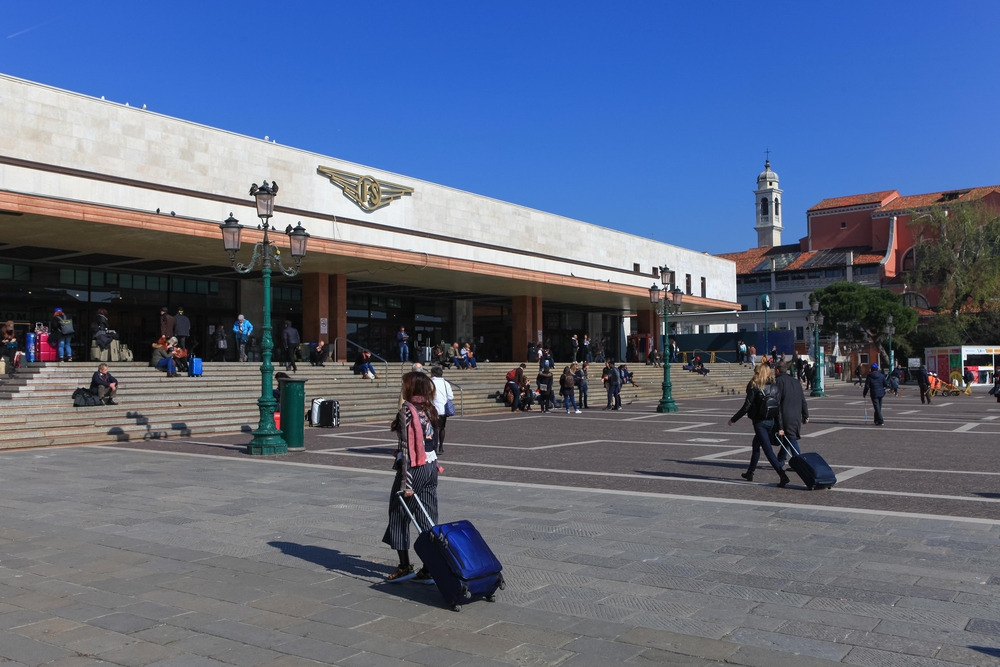
Venice Santa Lucia Station is a key transportation gateway to the enchanting city of Venice. Opened in 1861, the station is uniquely situated at the edge of the Grand Canal, offering travelers a picturesque arrival into one of the world’s most romantic cities. The station’s architecture, while not as grand as some other European stations, is nevertheless charming and fitting for its surroundings. It serves as the main railway station for visitors arriving by train into Venice.
What makes Santa Lucia particularly special is its proximity to the Grand Canal, where trains arrive and depart right next to the water. The station’s location makes it an important starting point for visitors exploring Venice’s labyrinthine streets and canals. Santa Lucia is not only functional but also an integral part of the Venice experience, allowing travelers to seamlessly transition from land to water. Its role as a gateway to this unique city makes it one of the most iconic stations in the world.
Lima’s Estación de los Desamparados, Lima, Peru
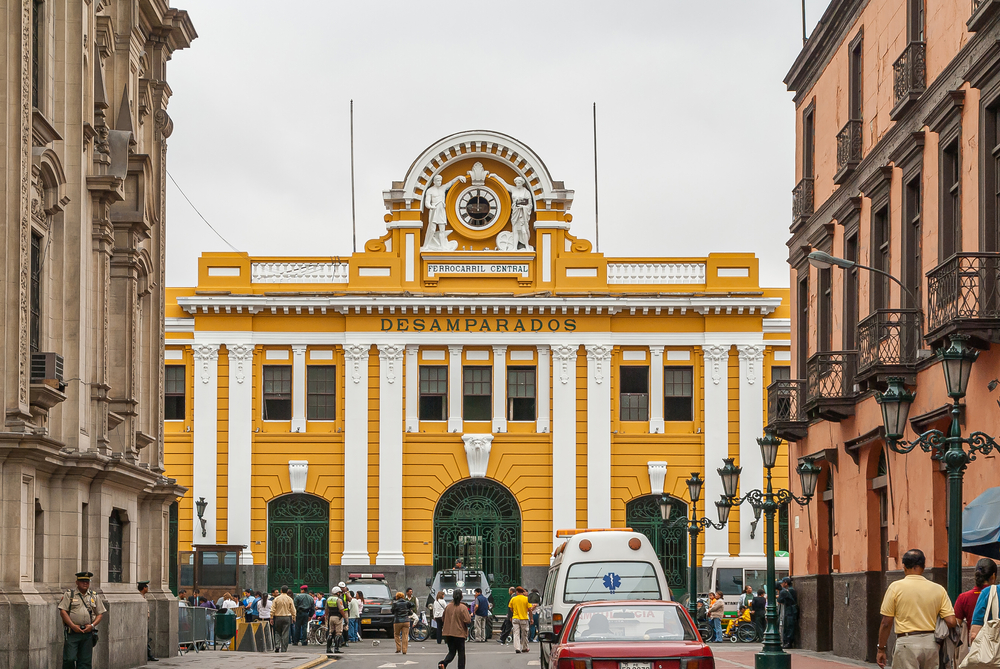
Estación de los Desamparados, located in the heart of Lima, Peru, is one of the most significant stations in Latin America. Built in 1912, it was once the main terminal for the Lima-Ayacucho Railway, an essential line connecting Lima to the Andes. The station’s colonial-style architecture, with its decorative ironwork and large clock tower, reflects the era of its construction. It is a beautiful representation of early 20th-century design in Peru and remains a landmark in Lima.
While the station is no longer in full operation, it still stands as an important piece of Lima’s history. The Estación de los Desamparados has been preserved as a cultural site and is often visited by tourists interested in the country’s railway history. The station’s location near the historic center of Lima adds to its significance, as it sits at the crossroads of the city’s past and present. This station is a reminder of how rail travel once shaped the development of cities in South America.
Roma Termini Station, Rome, Italy
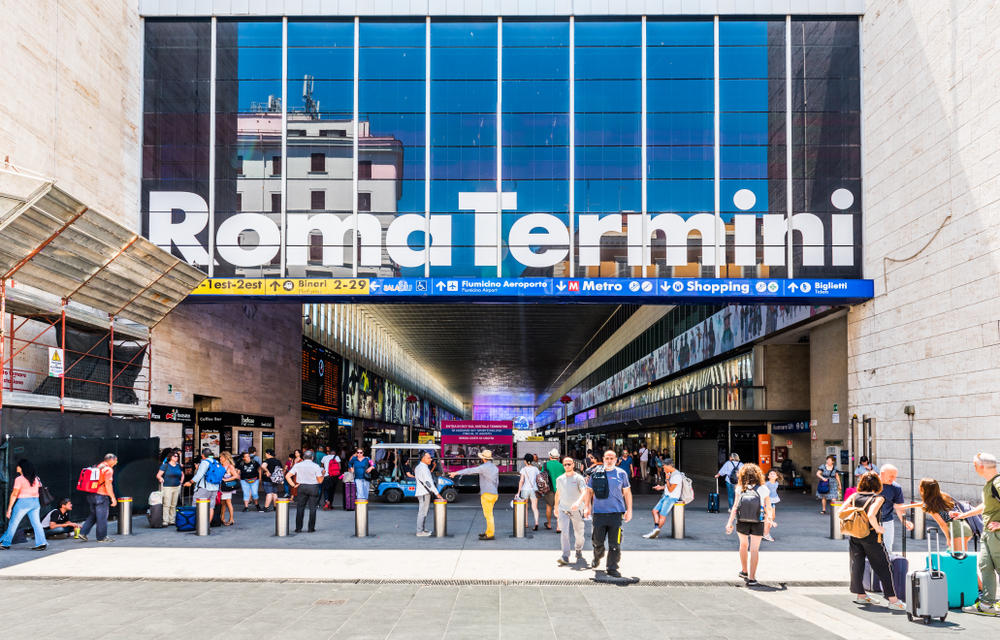
Roma Termini Station is the largest railway station in Italy, serving as the central hub for the country’s high-speed and regional trains. Opened in 1867, it has undergone several renovations to accommodate the growing needs of both locals and international travelers. The station’s location, just a short walk from many of Rome’s most famous landmarks, makes it an essential part of the city’s transport system. It also houses a variety of shops, restaurants, and services for travelers.
In addition to its functionality, Roma Termini is a significant architectural site. The station blends traditional and modern design elements, creating a unique space that welcomes millions of passengers each year. Its role in connecting Rome with other major Italian cities, as well as international destinations, makes it one of Europe’s busiest and most important train stations. Roma Termini continues to evolve, reflecting Italy’s ongoing progress in railway travel.
Kyoto Station, Kyoto, Japan
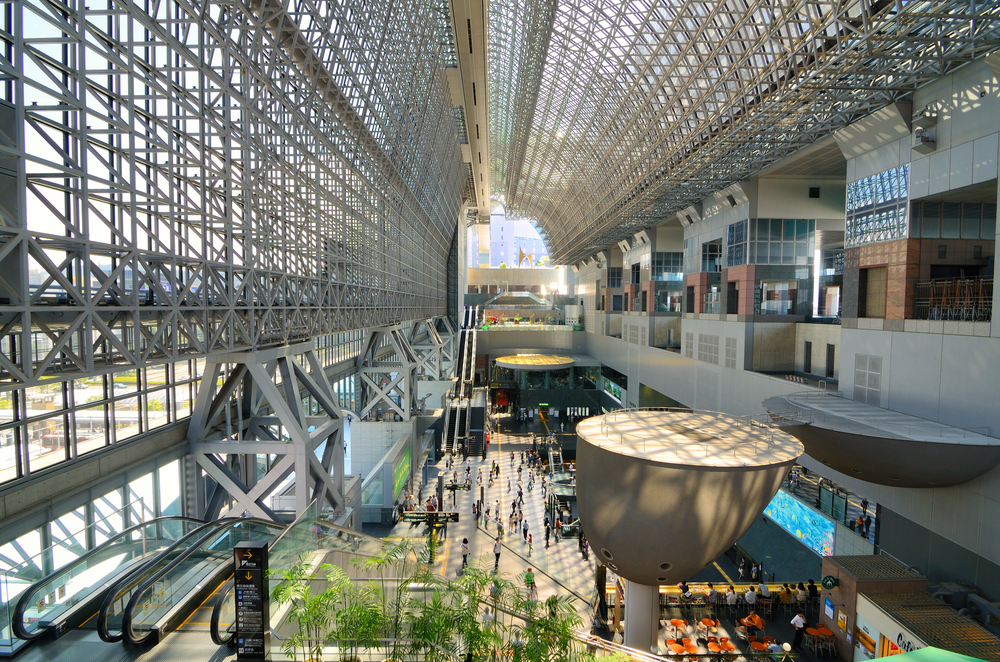
Kyoto Station, opened in 1997, is a modern marvel that contrasts sharply with the city’s ancient temples and gardens. Designed by architect Hiroshi Hara, the station is an enormous structure featuring glass, steel, and concrete, making it one of Japan’s most ambitious railway stations. The station is an important transportation hub for travelers visiting the historical city of Kyoto and serves as a major point for both Shinkansen and local trains.
What makes Kyoto Station unique is its integration with the city’s traditional atmosphere while offering a contemporary architectural style. Inside the station, you will find shopping malls, hotels, and even observation decks offering sweeping views of the city. Kyoto Station is more than just a transit hub, as you can consider it as a destination in itself, blending modernity with Japan’s rich cultural heritage. As a focal point in one of Japan’s most important cities, Kyoto Station continues to be a symbol of the country’s blend of old and new.
This article originally appeared on Avocadu.
